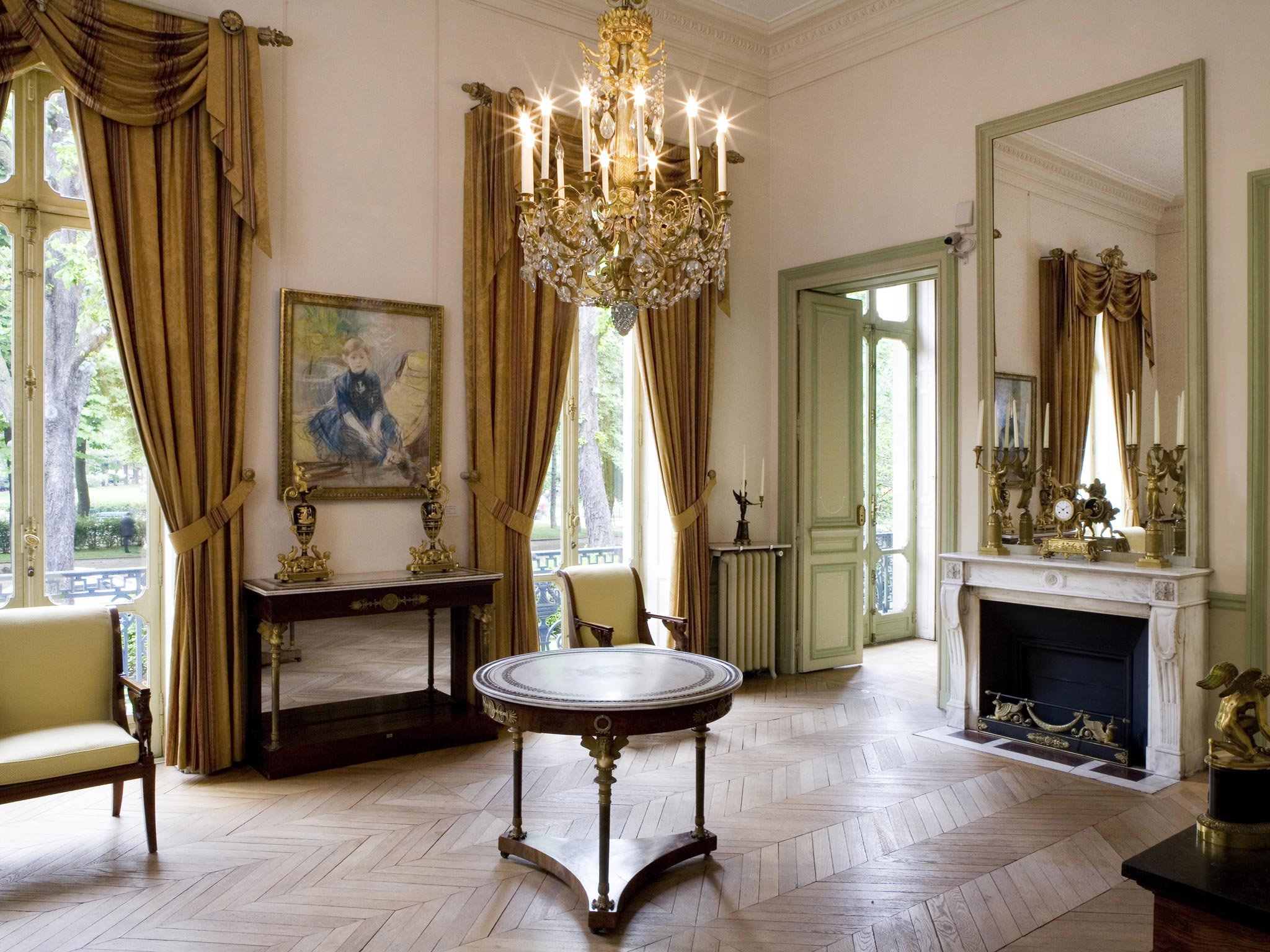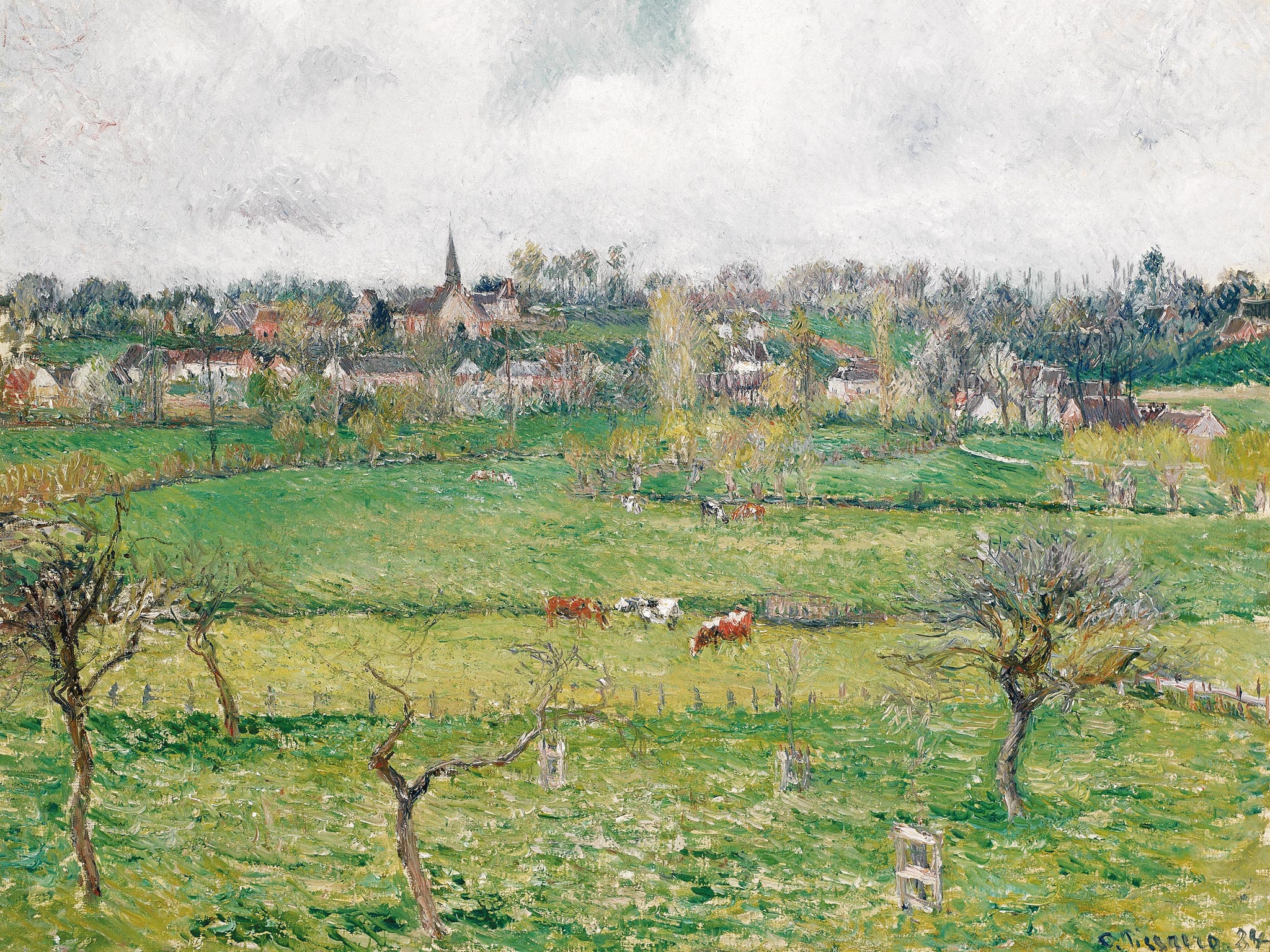Museum with world's largest collection of Monet paintings relaunches to celebrate 80th anniversary
The best kept secret in Paris wants to be secret no longer

Your support helps us to tell the story
From reproductive rights to climate change to Big Tech, The Independent is on the ground when the story is developing. Whether it's investigating the financials of Elon Musk's pro-Trump PAC or producing our latest documentary, 'The A Word', which shines a light on the American women fighting for reproductive rights, we know how important it is to parse out the facts from the messaging.
At such a critical moment in US history, we need reporters on the ground. Your donation allows us to keep sending journalists to speak to both sides of the story.
The Independent is trusted by Americans across the entire political spectrum. And unlike many other quality news outlets, we choose not to lock Americans out of our reporting and analysis with paywalls. We believe quality journalism should be available to everyone, paid for by those who can afford it.
Your support makes all the difference.The Musée Marmottan-Monet, one of the unmissable artistic jewels of the French capital, is frequently missed by visitors and ignored by culture-sated Parisians.
And yet the private museum on the western edge of Paris has the world’s largest collection of paintings by Claude Monet, including “Impression, sunrise”, the canvas which gave The Impressionists their name.
To celebrate its 80th anniversary, the museum will try to relaunch itself this week as an artistic destination in its own right, alongside its bigger, noisier sisters the Louvre, the Musée d’Orsay or the Centre George Pompidou. The museum has assembled a startlingly beautiful, temporary exhibition of 115 Impressionist paintings from private collections around the world, in many cases unseen by the public for decades.
The Musée Marmottan has also completed an ambitious programme of renovation to give more space and a better display to its permanent collections, including 100 paintings, and 140 works in total, by Claude Monet.
The man behind the project to re-launch the Musée Marmottan is its new director, Patrick de Carolis, 60, once head of France’s state-owned television service and a presenter of a successful French TV series on cultural heritage.
“Many of our paintings are well known but the museum is less well known,” Mr de Carolis told The Independent. “We have to change that. We are private and entirely funded by the money we earn for ourselves. We hope that the exhibition, which starts this week will encourage people to come to the Marmottan.”
“We will also be advertising on television and in the cinema for the first time.”
From Thursday until 6 July, the Musée Marmottan-Monet will host “Les Impressionistes en Privé” (The Impressionists in Private), one of the largest ever exhibitions of privately-owned works by Impressionist and pre-Impressionist artists. The Independent was given a sneak preview on Monday.
Monets and Pissarros, still out of their frames, were propped up in corners or placed on tables waiting to take their places in the exhibition. Even unfinished, the show was a self-evident winner. It is likely to be one of the most talked about, and visited, cultural events in Paris this year.
Marianne Mathieu, deputy director of the Marmottan and joint curator of the exhibition, said: “Almost all of these paintings have rarely, if ever, been seen in public for many decades. They come from 51 private collections, half of them in France, half in the rest of the world - in the United States or Britain or Belgium or Mexico.”
“We have tried to give a spread of works which illustrate the most important stages in the development of Impressionism.”
The exhibition includes a painting by the pre-impressionist artist Eugène Boudin - “Benerville la Plage” – which comes from a private collection in California. It has not been seen in public since the 1930s. There is also a Monet - “Sur les planches de Trouville” - which has only been seen once in public for more than a century.

There are also paintings by, amongst others, Paul Cézanne, Edgar Degas, Pierre-Auguste Renoir, Alfred Sisley and Berthe Morisot (who is represented at the Marmottan by a large permanent collection, which has just moved into spacious new rooms). The ownership of the paintings on loan is, in many cases, secret.
“The Marmottan is entirely founded on bequests from private collections, including many paintings given by Claude Monet’s son Michel,” Mr de Carolis said. “We intend this exhibition to be, in part, a celebration of the importance, and the influence and the passion of the private collector.”
He also plans to make the Marmottan part of a global network of private museums, which will loan each other works and share exhibitions. The museum is already working on an exhibition, to start on 18 September, which will celebrate the 170 birthday of its most famous, permanent resident, Monet’s “Impression, sunrise.”

The canvas, first sold in 1874, portrays a glowing, misty sky over an industrial skyline in Le Havre. At various points, Monet described it as a “sunset”; at other times a “sunrise”. The location is believed to have been destroyed when the RAF bombed Le Havre in 1944.
So what was the scene which defined Impressionism? Morning or evening? The Marmottan will begin detective-work in Le Havre this week to try to answer the question once and for all.
Does it also need careful detective-work to find the Musee Marmottan? Not at all.
The museum is a former hunting lodge on the fringes of the Bois de Boulogne, rebuilt as a mansion in the late 19th century. It stands beside the Ranelagh gardens in the upmarket 16 arrondissement, five minutes’ walk from La Muette Metro station on line nine, only a few stops from the Champs Elysées.
In the celebrated words of the Michelin Guide, it is “worth a detour”.
Join our commenting forum
Join thought-provoking conversations, follow other Independent readers and see their replies
Comments